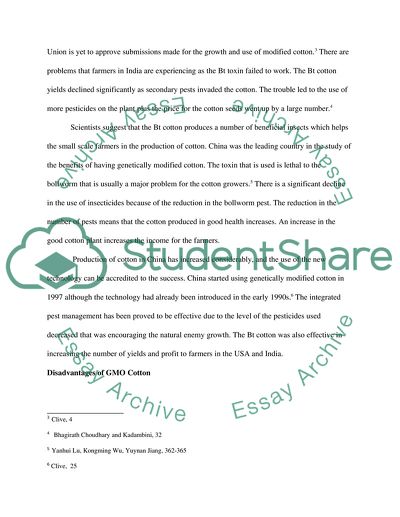Cite this document
(Advantages and Disadvantages of GMO Cotton Essay, n.d.)
Advantages and Disadvantages of GMO Cotton Essay. Retrieved from https://studentshare.org/agriculture/1691716-advantages-and-disadvantages-of-gmo-cotton
Advantages and Disadvantages of GMO Cotton Essay. Retrieved from https://studentshare.org/agriculture/1691716-advantages-and-disadvantages-of-gmo-cotton
(Advantages and Disadvantages of GMO Cotton Essay)
Advantages and Disadvantages of GMO Cotton Essay. https://studentshare.org/agriculture/1691716-advantages-and-disadvantages-of-gmo-cotton.
Advantages and Disadvantages of GMO Cotton Essay. https://studentshare.org/agriculture/1691716-advantages-and-disadvantages-of-gmo-cotton.
“Advantages and Disadvantages of GMO Cotton Essay”, n.d. https://studentshare.org/agriculture/1691716-advantages-and-disadvantages-of-gmo-cotton.


